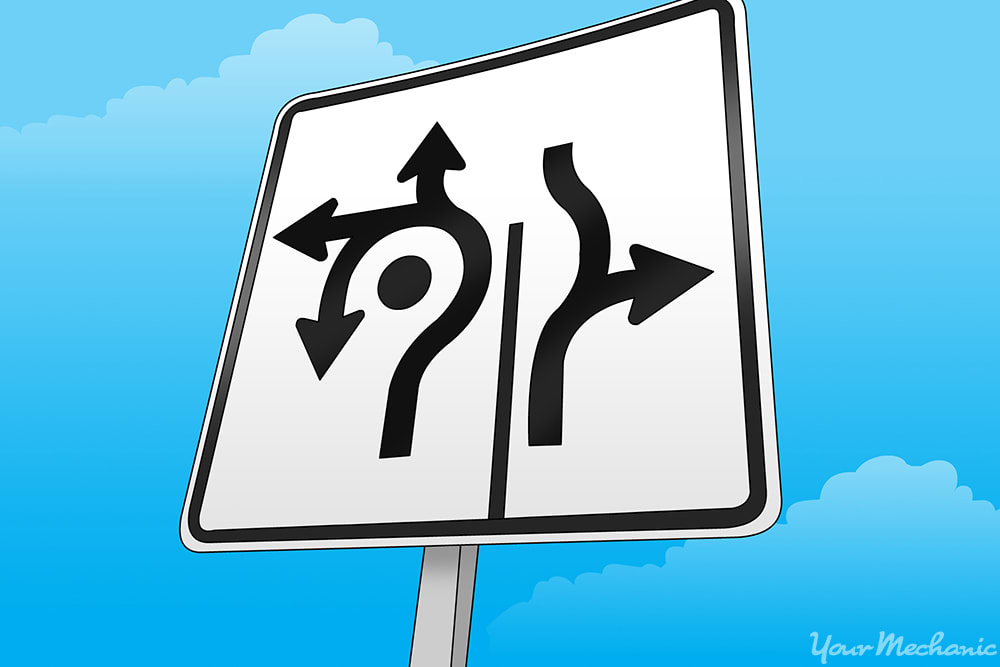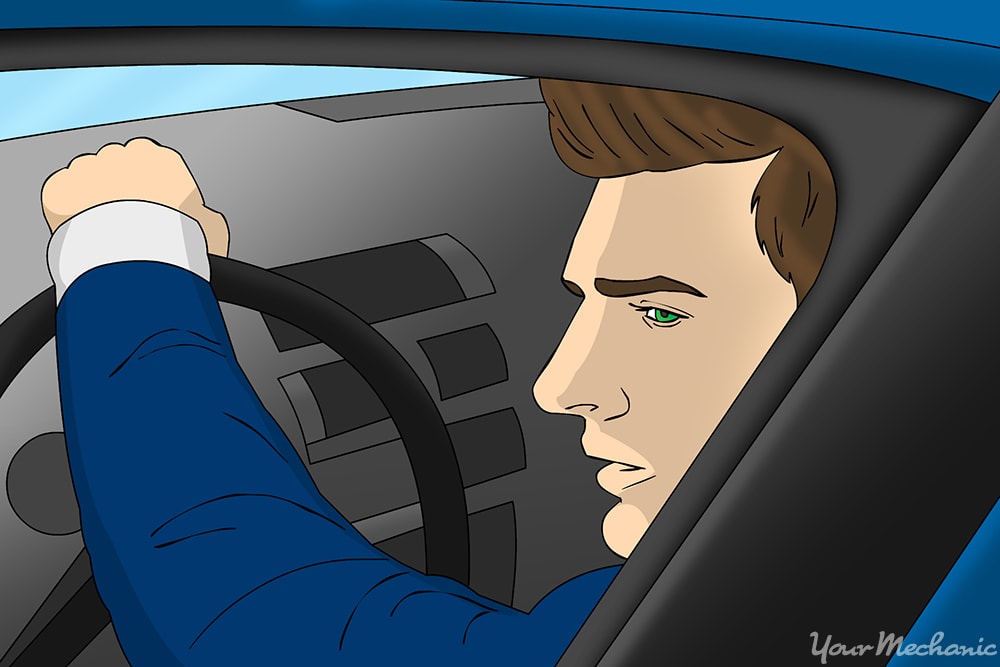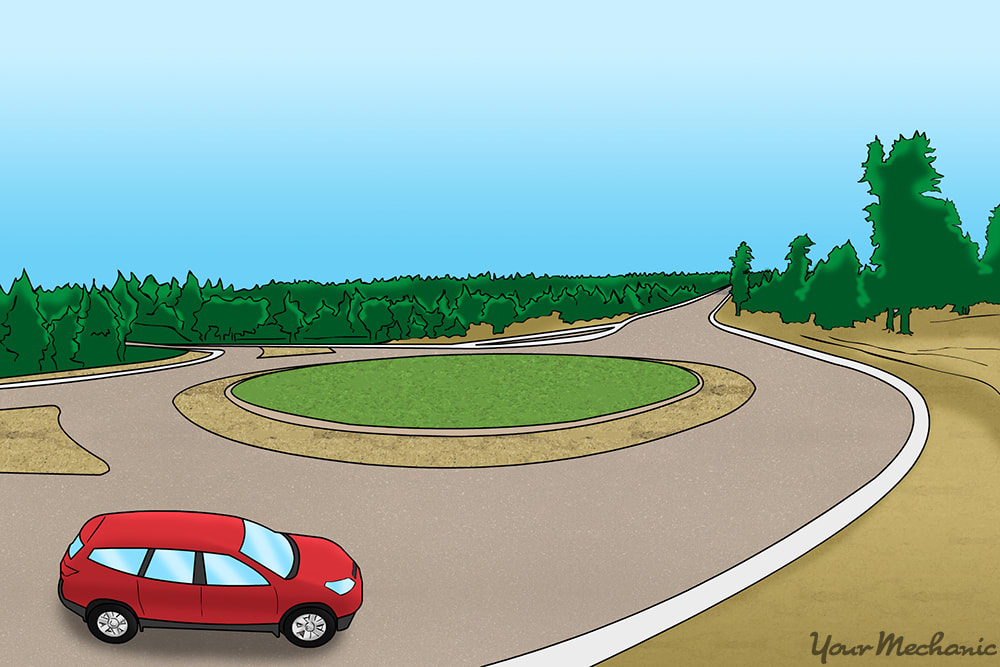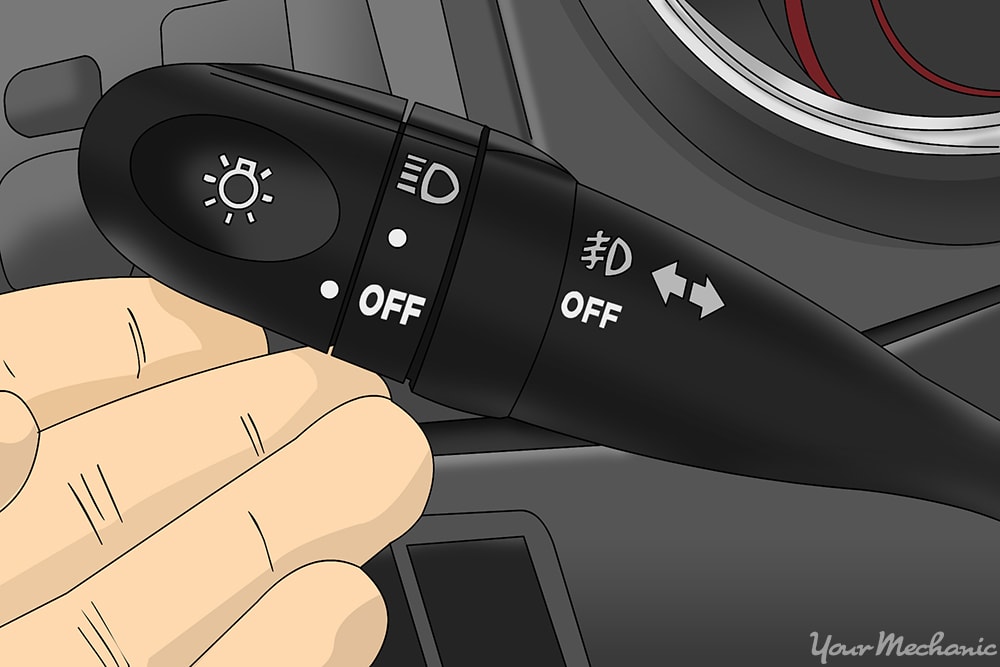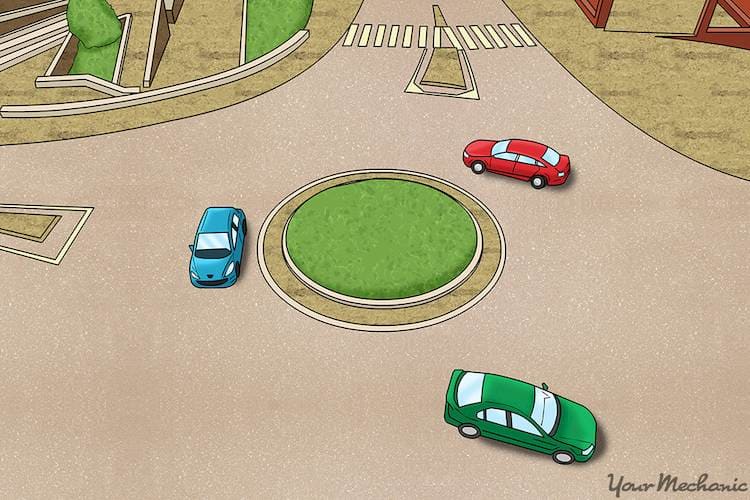

While roundabouts used to be relatively rare in the United States, they’re now pretty commonly found on roads all over the country. Roundabouts allow drivers to turn in either direction, make a U-turn, or continue straight - without having to wait for traffic lights or having busy intersections and cross traffic.
At first glance, roundabouts appear pretty daunting, and sometimes even dangerous. The reality, though, is that roundabouts work very smoothly and are far safer than traditional intersections. Because roundabouts only move in one direction, the probability of a head-on collision or a head-on-side collision is greatly reduced. In fact, relative to intersections, roundabouts result in a 35% reduction in crashes, and a 90% reduction in fatalities, according to the National Cooperative Highway Research Program. As long as you know how to correctly drive in one, a roundabout is easy to navigate and very safe.
Part 1 of 3: Approaching the roundabout
Step 1: Look for signs. As you get near a roundabout, a street sign should alert you that a roundabout is coming up.
Shortly after the roundabout sign, there should be either a stop sign or a yield sign. Some roundabouts require you to come to a full stop before entering the roundabout, while others only require you to yield.
Finally, there should be a speed sign near the stop or yield sign. This sign may be a speed limit, or it may simply be a suggested driving speed.
Step 2: Decrease your speed. Decrease your speed as you approach the entrance of the roundabout.
Follow the speed limit or suggested speed sign as you approach the entrance of the roundabout. If there is no speed sign, slow down to 20 MPH or less.
Tip: There is usually a crosswalk for pedestrians right before the entrance to the roundabout. Be sure to watch for pedestrians, and slow to a stop if people or bicyclists are waiting to cross the road.
Warning: Because roundabouts can be more crowded than straight roads, you are more likely to get an expensive ticket if you are exceeding the speed limit in a roundabout.
Part 2 of 3: Entering the roundabout
Step 1: Check the traffic in the roundabout. Before entering the roundabout, check the oncoming traffic, which will be coming from your left.
Wait until the coast is entirely clear before entering the roundabout. If you are in a two-lane roundabout, make sure both lanes are clear before you enter.
- Tip: Since roundabouts only move in one direction (counter-clockwise), traffic should only be approaching you from your left. However, it’s always a smart decision to check both ways before entering, just in case someone is making an illegal turn or driving the wrong way.
Step 2: Choose a lane and enter the roundabout. If you are in a single-lane roundabout, you will only have one choice of lane to enter.
If you are in a double-lane roundabout, you can choose between the right or the left lane. In general, you can use the right lane for making a right turn, or for going straight, and you can use the left lane for going straight, making a left turn, or making a U-turn.
- Tip: Different roundabouts have different procedures (for instance, sometimes you can only go straight from one of the two lanes). Be sure to note the lane instructions on the roundabout signs when you approach the roundabout.
Step 3: Drive only in your lane until you exit the roundabout. If you are in a double-lane roundabout, stay in your lane until you are ready to exit the roundabout.
Never merge within the roundabout.
- Tip: Never use the roundabout to try and pass another driver.
Part 3 of 3: Exiting the roundabout
Step 1: Signal that you are exiting the roundabout. As you approach your chosen exit on the roundabout, put on your right turn signal.
While you should usually put on your turn signal well in advance of making a turn, when on a roundabout you don’t want to engage your signal too early. You should only put on your signal when your exit is the next exit, so that your fellow drivers and pedestrians know exactly what your intentions are.
- Tip: Because exits on roundabouts are often only mildly curved, you may have to manually turn off your turn signal after exiting.
Step 2: Exit the roundabout when you reach your desired exit. Keep an eye out for pedestrians crossing the street as you exit. Make sure you are past the crosswalk before you resuming driving at a higher speed.
Roundabouts aren’t as tricky to maneuver as they look. They’re actually very straightforward - as long as you know what to do, what to be aware of, and how to best navigate them. Follow these instructions and always be aware of surrounding vehicles, and you’ll have an easy and safe time when next driving through a roundabout.


